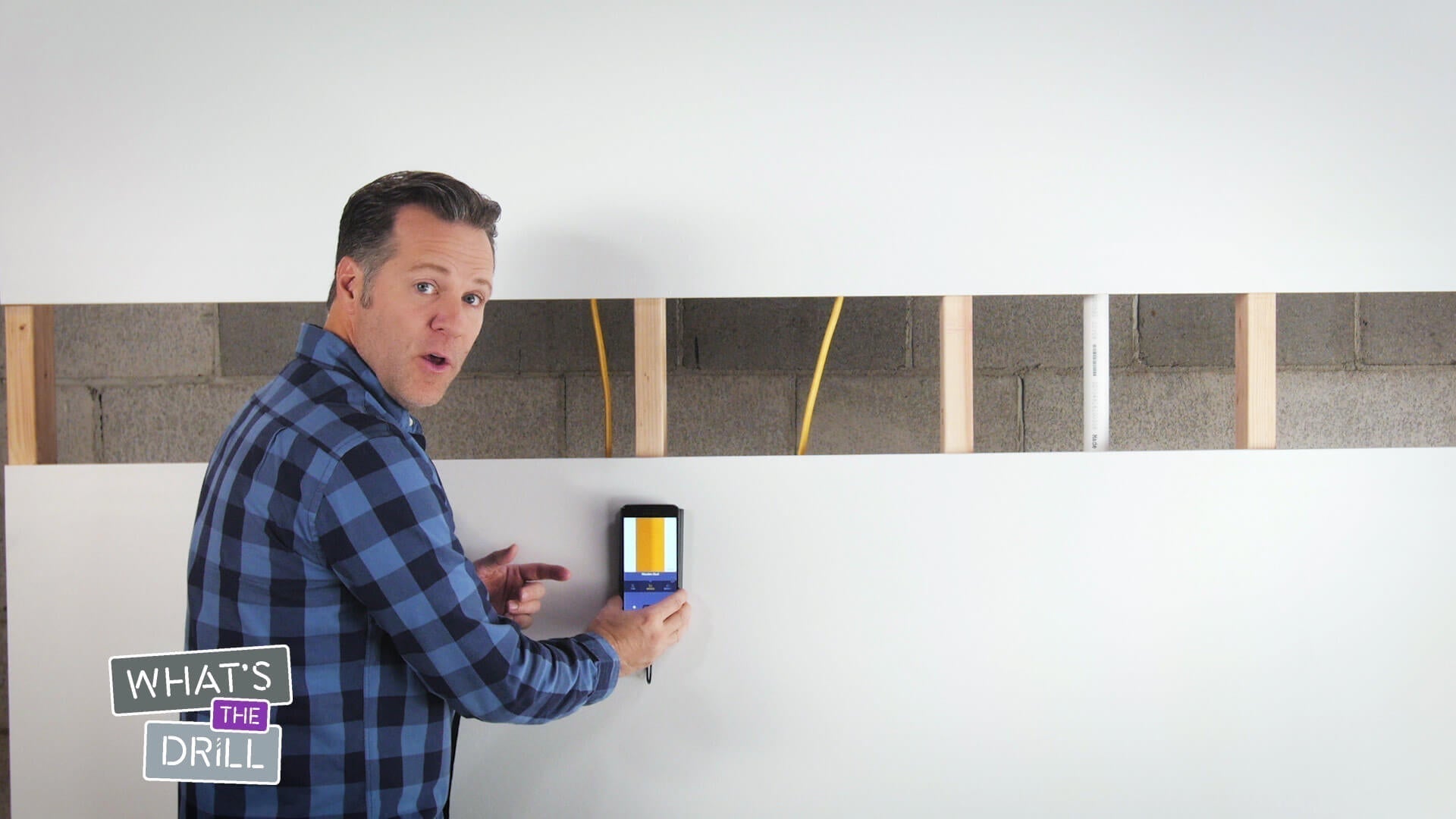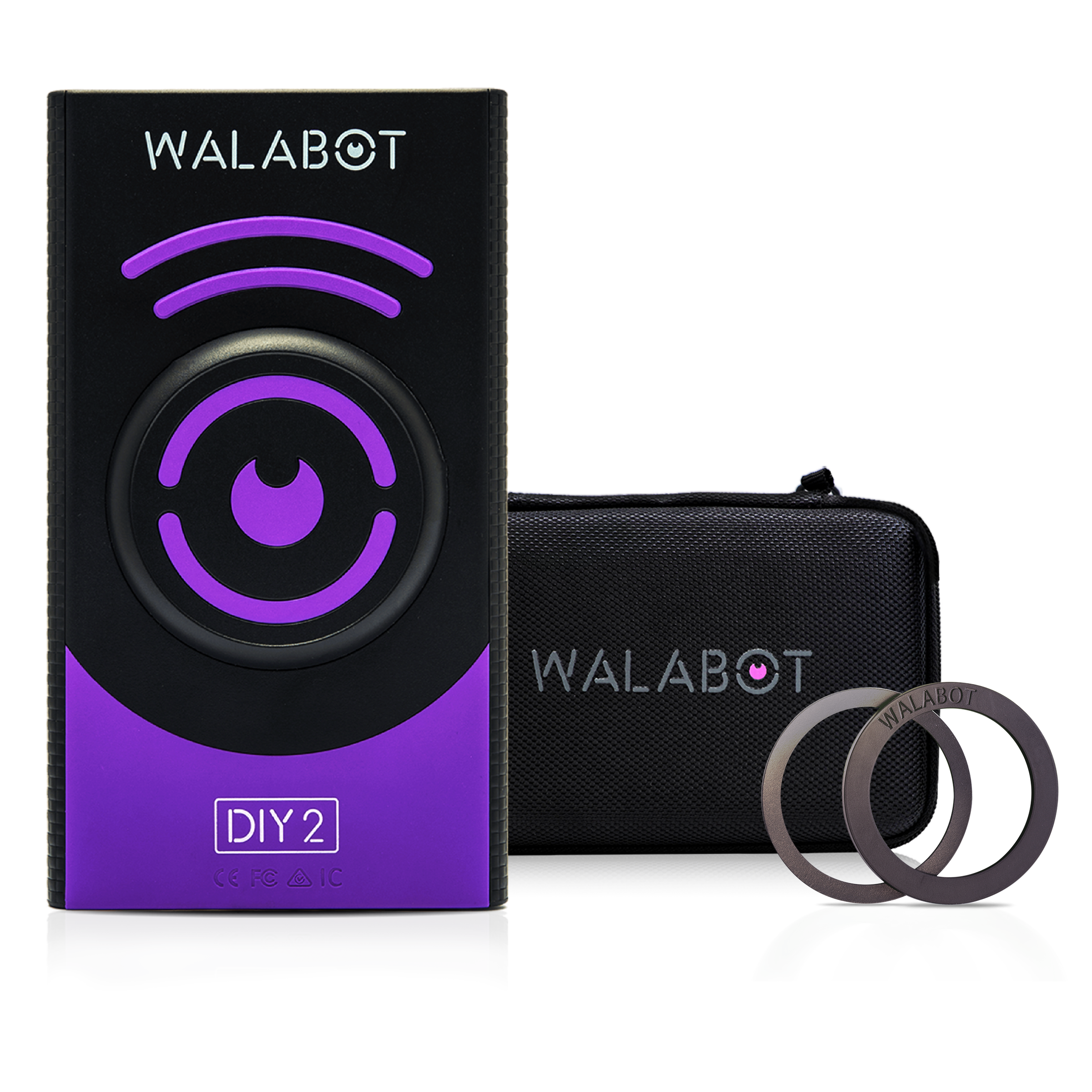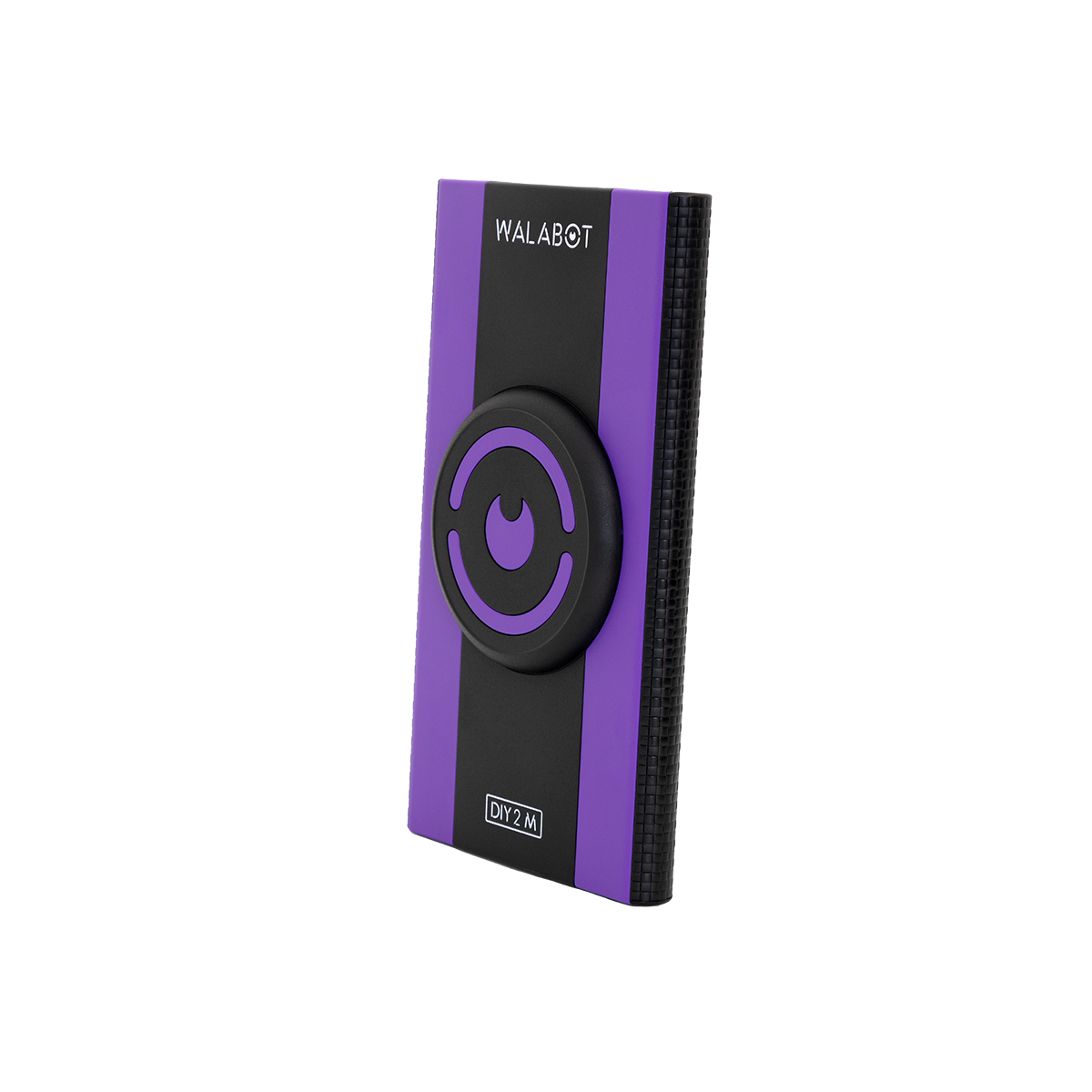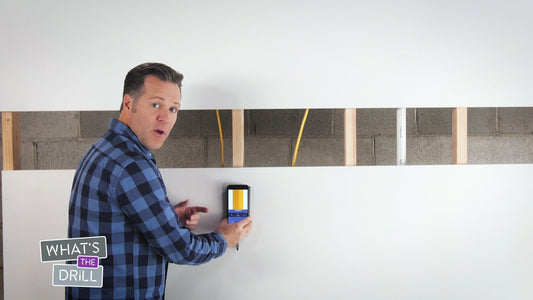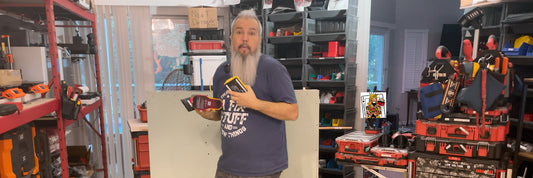Not too long ago, see-through-walls scanners seemed like an impossibility.
Tasks such as finding studs and locating plumbing required a combination of good luck, good ears, and basic construction knowledge. While these things are still beneficial in many situations, some of the newest tools are designed so well that their users feel almost like they can see through walls.
How the Walabot Wall Scanner Works
There are different kinds of wall scanners on the market. Some rely on magnetometers that simply sense the presence of metal. Others utilize rare earth magnets so that users can find nails, screws, metal pipes, and metal studs.
At best, these scanners are a touch better than old-fashioned battery-operated stud finders. Questionable accuracy makes them suitable for hanging lightweight pictures at best – even then, there’s still potential for puncturing a water pipe or even accidentally drilling into a live electric wire.
Those who plan to hang anything large or expensive, or who have many home improvement tasks to complete are better off with a superior tool such as the Walabot DIY wall scanner. Here’s how it works. While some wall scanners are essentially beefed-up stud finders that work to depths of just a couple of inches, the Walabot DIY wall scanner works all the way to depths of four inches. It penetrates drywall, and even though it is inexpensive, it offers a few different modes to enhance the user experience exponentially.
- Walabot DIY 2:
- Walabot DIY 2 M:
This feature-rich scanner uses radio frequency technology that provides users with a real-time view of items inside walls.
With the Walabot DIY, you can see:
- PVC plumbing pipes
- Metal plumbing pipes
- Metal Studs
- Wood Studs
- Electrical wires
- Fiberoptic and other cables
- Other hidden obstacles that don’t usually show up on stud finders
- When the Walabot arrives, familiarize yourself with the materials that come with it, including the handy DIY project guides.
- Download and install the app from the App Store or Google Play.
- Watch the tutorial before using the wall scanner for the first time.
- When prompted, select “drywall.”
- Calibrate the Walabot before each use. Do not skip this step, since the unit’s technology relies on calibration results to provide accurate readings. The calibration process is fast and easy – it normally takes less than 30 seconds to complete.
- Start searching the wall for studs and other features using the menu option of your choice.Images mode serves as a real-time wall image, providing you with the exact location of studs and other items. All objects are color-coded and labeled for convenience. You can take a screenshot if you like.
- Toggle to raw mode if you need to find stud edges. This mode allows you to map each stud in perfect detail, making it simple to mark the edges and find the stud’s center for precise placement.
- Go to Expert mode if you need to detect movement. This mode can help you determine where pests are located so that you can target them for faster elimination.
If you are planning to hang an object or cut into the wall for any reason, you can use the Walabot’s findings to make accurate marks with a pencil. Once you’ve marked the area that you plan to work with, you’re ready to hammer, drill, or even cut with complete confidence.
The Walabot wall scanner is fast and easy to use, and its many features make it an ideal addition to pro tool kits as well as DIY toolboxes. This affordable wall scanner offers the same functionality as those costing up to hundreds of dollars, and its user-friendly features make it a must-have for plumbers, electricians, remodelers, and contractors who need advanced wall imaging to complete their work.

